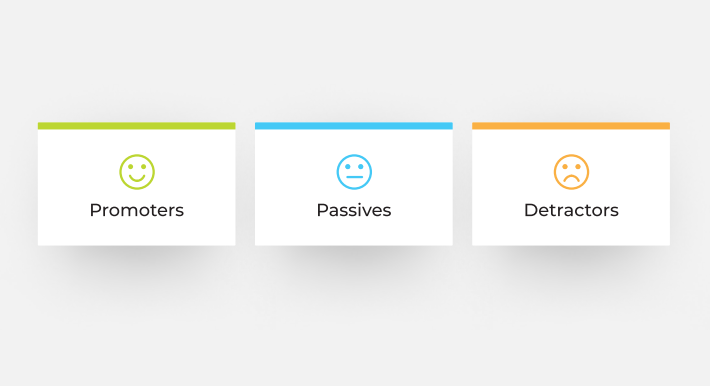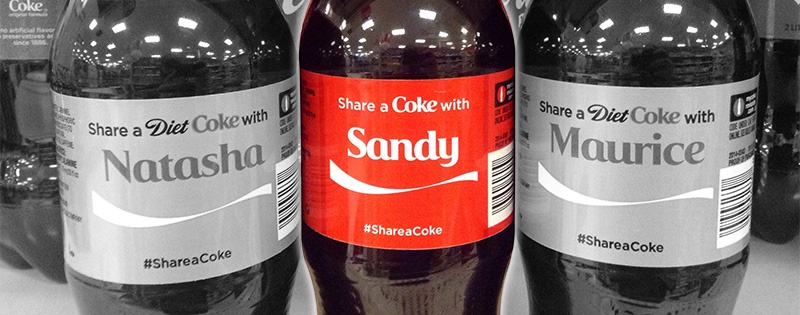Customer experience is increasingly becoming the difference between organisations that win, and organisations that become extinct.
Even in the FMCG industry. Gone are the days of FMCG being about quality products and efficient supply chains—now, customer experience needs to be front and centre for all FMCG producers.Retail stores, restaurants and service providers get face-to-face interaction with their customers, making the opportunities for an amazing customer experience abundant. FMCG producers don’t have that same luxury—their goods are sold through a third party more often than not, in an environment they have little control over. So, how can FMCG businesses influence customer experience?
The answer lies in creativity and knowing your customer, differentiating your brand in innovative ways and offering the customer a frictionless, meaningful experience. Here are five easy ways you can enhance your offering to improve the end experience for your customer:
- Thoughtful packaging. Don’t you hate it when you buy a jam donut and sit down to eat it, only to discover that in the process the little dot of jam has fallen off and stuck to the inside of the bag? FMCG producers have an opportunity to truly maximise customer experience, by designing packaging in a way that not only gets the job done, but preserves the entire customer experience. (You’ll be glad to hear some stores now sell donuts in pyramid-shaped packaging, special designed to preserve the jam dot!). Consider your buyer persona closely and examine what they want out of your product. There is currently a big drive on reducing unnecessary plastics and packaging - how are your products presented?
- Size and quantity combinations. Perhaps the most straightforward way to ensure a fantastic customer experience is to offer a range of different size and quantity combinations. The reality is that it’s unlikely all your customers are using your product for the exact same purpose. Some will be buying to feed a large family; others will be buying for a snack while out and about.
By offering a spread of product sizes and quantities, you allow each customer to have the experience best suited to their needs.
- Value-adding information. A few years ago, Fresh Up released a series of drinks with a temperature badge on them, showing the customer whether the drink was at the right drinking temperature or not. This is a perfect example of an FMCG provider putting themselves in their customers’ shoes, and paying attention to the details that matter. After all, the difference between an amazing drink and a lousy one is often the temperature—something which Fresh Up recognised, and made an effort to control for the customer.
Other brands use packaging to add context to their product, showing consumers new ways of using the product. Think spices and pastas, with recipes on the pack which inspire the customer and encourage the purchase.
- ‘Good together’ partnerships. The best potato chip dip isn’t bought in a chilled plastic container—it’s made from onion soup and reduced cream, mixed together with a splash of lemon. How does everyone know this? Because Nestle makes sure to have them placed next to each other in the supermarket, with instructions for making dip on the packaging of each. Alone, these products aren’t anything special. But combined, and Nestle’s customers’ experience is immensely enhanced! Strategic shelf placement works wonders along with complimentary items.
- Personalisation. Any way of including an element of personalisation always generates a better customer experience. Not that long ago, this would have been put in the ‘too hard basket’ for FMCG producers—until Coca-Cola did it a few years ago. By printing thousands of different names on bottles in their ‘Share a Coke with ____’ campaign, Coca-Cola managed to attach emotion to their products, creating all new customer experiences.
Now, we don’t suggest going out and copying this campaign, but any small way in which products can be tailored to your target market will go a long way. Product personalisation done well, can feel bespoke and creates an individual relationship with a brand.
An opportunity exists for FMCG businesses to become more customer-orientated. It’s no longer about quality and efficiency—customer experience, in the form of added value and convenience, are the driving differentiators. View your products and packaging through the lens of your customers, and be one of the businesses that thrives in the future, not one which becomes extinct.
Best customer data is gained by talking to, and collecting, customer feedback. To find out more about the pros and cons of different types of customer feedback, download our free Definitive Guide to Customer Feedback:








